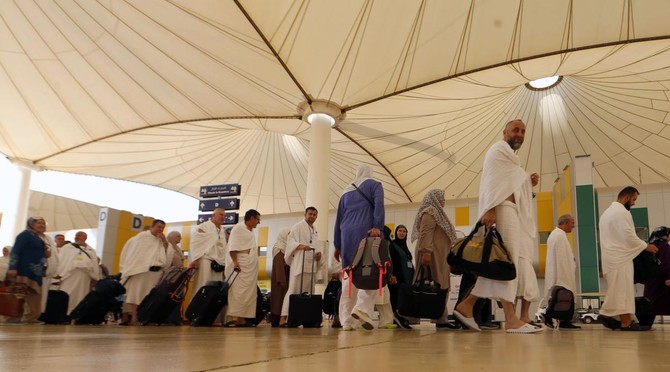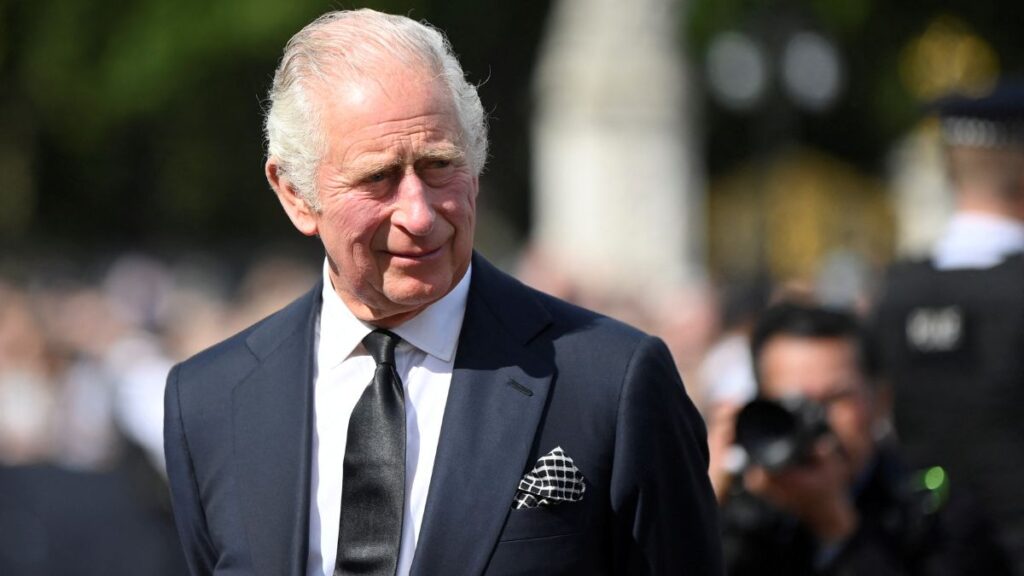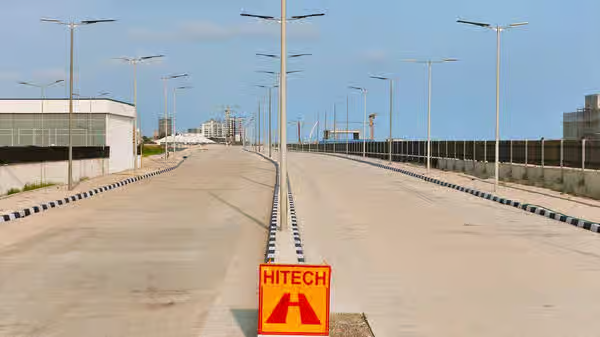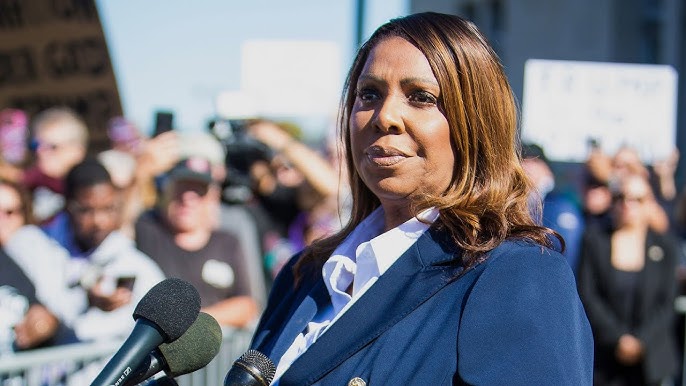Saudi Arabia has ambitious plans to welcome millions more pilgrims to Islam’s holiest sites. But as climate change heats up an already scorching region, the annual Hajj pilgrimage — much of which takes place outdoors in the desert — could prove even more daunting.
The increased number of pilgrims, with the associated surge in international air travel and infrastructure expansion, also raises sustainability concerns, even as the oil giant pursues the goal of getting half its energy from renewable resources by 2030.
Next week, Saudi Arabia hosts the first Hajj pilgrimage without the restrictions imposed during the coronavirus pandemic. Some 2.5 million people took part in the pilgrimage in 2019, and around 2 million are expected this year.
Under Crown Prince Mohammed bin Salman’s wide-ranging plan to overhaul the kingdom’s economy, known as Vision 2030, 30 million pilgrims would take part in the Hajj and Umrah — a smaller, year-round pilgrimage. That would be an increase of more than 10 million from pre-pandemic levels.
It will require a vast expansion of hotels and other infrastructure in Mecca and Medina, ancient cities already largely obliterated by high-rises and shopping malls. The additional pilgrims will require more long-distance flights, more buses and cars, more water and electricity.
The Associated Press reached out to several Saudi officials with detailed questions but received no response. It’s unclear what, if any, studies the government has done on the environmental impact of the pilgrimage or whether that figures into its plans. And well-intentioned measures, like a high-speed railway network, aren’t enough to remove polluting traffic in and around the holy city.
The trains whip through the arid landscape at top speeds of 300 km/h (186 mph), carrying pilgrims in air-conditioned comfort from Jeddah to Mecca. But they stop several kilometers away from the Grand Mosque, meaning pilgrims must either walk at least an hour or take a bus or car to the holy site. The $19 one-way price from Jeddah’s airport to Mecca may also be out of reach for pilgrims on lower incomes.
The Hajj is one of the five pillars of Islam, and all Muslims who are able to are required to undertake it at least once in their lives. For pilgrims, retracing the footsteps of the Prophet Muhammad is a profound religious experience that wipes away sins, deepens one’s faith and unifies Muslims the world over.
The Saudi royal family’s legitimacy is largely rooted in its custodianship of Islam’s holiest sites and its ability to host one of the largest annual religious gatherings on the planet.
Experts have found that the Hajj both contributes to climate change and will be affected by it in the coming decades as one of the hottest places on Earth gets even warmer.
A study of the 2018 Hajj by experts from Victoria University in Melbourne estimated that the five-day pilgrimage produced over 1.8 million tons of greenhouse gases, roughly the amount New York City emits every two weeks. The biggest contributor was aviation, accounting for 87% of emissions.



























